Ubiquiti PBE-5AC-Gen2 airMAX PowerBeam Gen 2: A Solid Choice for Long-Range Wireless in Kenya
Let’s talk about getting good, reliable internet connections over long distances in Kenya. It’s 2025, almost everyone (around 90%) is online, and there’s a huge need (up about 60% according to the Kenya ICT Board) for ways to send data quickly and reliably to connect different locations. That’s where devices called bridges come in. These bridges create point-to-point (PTP) or point-to-multipoint (PTMP) links, and you need good ones to make things work well.
One option that’s getting a lot of buzz is the Ubiquiti PBE-5AC-Gen2 airMAX PowerBeam Gen 2. You can find it at Phonex Technologies for about KES 18,000. It’s a 5GHz bridge that uses Ubiquiti’s airMAX AC tech. What does all that mean? Basically, it can move data at speeds over 450 Mbps and reach distances of 25+ km in those PTP/PTMP setups.
Think of it as one of the top choices in Ubiquiti’s PowerBeam Gen2 series if you need to connect things far apart. It can link cell towers, offices, or even connect rural towns to bigger networks using other Ubiquiti devices like the R5AC-LITE, LAP-GPS, or sector access points. People are searching for this thing online like crazy – searches for “Ubiquiti PBE-5AC-Gen2 Kenya” and “25dBi bridge price Nairobi” are way up (around 75% according to Google Trends).
So, what makes it special? Let’s crack it open. We’ll look at how it fits into airMAX backhaul setups and why it might be the best 5GHz long-range bridge for Kenyan internet service providers (WISPs), businesses, and anyone who needs super reliable connectivity.
(Image: Ubiquiti PBE-5AC-Gen2 on a high Kenyan tower, aimed at a distant site 22 km away. The beam is narrow, cutting through the landscape, and delivering fast speeds for a WISP network. You can see the InnerFeed antenna and UISP app interface.)
What’s Under the Hood? Key Features
The PBE-5AC-Gen2 is a bridge that works on the 5GHz band. It’s got a dish-shaped antenna built-in, which helps it send signals over long distances. Here’s a simplified view of what it offers, based on info from Ubiquiti:
- Radio: It uses airMAX AC (802.11ac) so it can get speeds of 450+ Mbps. It also uses airMAX TDMA, and it’s ready for UISP, Ubiquiti’s management platform.
- Antenna: The dish is 25 dBi, which focuses the signal. It covers 5.15-5.85 GHz, uses 2×2 MIMO (multiple antennas for better performance), has a narrow 6° beam width, and blocks interference well.
- Power Output: It can transmit at 25 dBm (316 mW) and uses wide 80 MHz channels. It also has airView, which lets you see what the wireless spectrum looks like, and a separate WiFi radio just for managing the device.
- Brains: It’s powered by a MIPS 74Kc processor running at 720 MHz, with 128 MB of DDR2 memory. This helps it do things like real-time data analysis.
- Connectivity: It has one Gigabit Ethernet port that supports PoE (Power over Ethernet). It uses the airMAX AC protocol and can work in PTP or PTMP modes.
- Power Stuff: It takes 24V Passive PoE (the power supply is included) and uses up to 8.5W. It can even work with solar power setups.
- Physical: The dish is 420 mm across and weighs 3.1 kg. It’s IPX5 weatherproof, meaning it can handle rain, and it can operate in temperatures from -40°C to 70°C. It also has InnerFeed, where the radio is built into the antenna feed.
- Extra Goodies: It has protection against ESD (electrostatic discharge) and EMP (electromagnetic pulse). It works with the UISP mobile app, has a quick-mount system, and LED lights to show signal strength.
How It Fits in the Ubiquiti Family
The PBE-5AC-Gen2 is one of the best integrated bridges in the PowerBeam Gen2 series with its 25 dBi antenna. It’s way better than older models like the PBE-M5-400 (which only got 150 Mbps and used older WiFi 4 tech). It can extend networks built with R5AC-LITE and RD-5G30 devices out to 25+ km, which is farther than the LBE-5AC-Gen2 (23 dBi) can reach. Compared to the PBE-5AC-500 (27 dBi), it’s lighter and easier to install.
In short: It’s got good gain (25 dBi), fast speeds (450+ Mbps), long range (25+ km), InnerFeed, and works with UISP.
Things to keep in mind: It’s directional, so you need to aim it carefully. It uses 24V PoE, and the dish is bigger than the LBE model.
(Image: An diagram of the PBE-5AC-Gen2 dish, pointing out the 25 dBi gain, 6° beam width, 450+ Mbps speed, and InnerFeed design. A PTP link shows it connecting to an R5AC-LITE over 25 km with fast speeds.)
Why Use This Thing in Kenya?
That 25 dBi gain and InnerFeed design mean the PBE-5AC-Gen2 can reach farther (70% farther than 23 dBi units) and still give you speeds of 100-300 Mbps over 25+ km in Kenya.
Here are some good uses:
- WISP Backhaul: Connect towers that are 20-25 km apart (like from Mombasa to Kwale) with speeds over 350 Mbps using two PBE-5AC-Gen2 units. One WISP in Kilifi says they get almost perfect uptime over 22 km using these.
- Rural Internet: Connect small villages to LAP-GPS sectors, giving them 50 Mbps per location over 18 km.
- Business Connections: Link offices in Nairobi (like the CBD to Ngong or Westlands) with low-delay connections for video and cloud services.
- Industrial and Security: Use it in places like Athi River factories for sending 4K video from security cameras and IoT data over 20 km.
Pros: Good gain, fast speeds, long range, efficient InnerFeed design, and UISP managed
Cons: The narrow beam means you need to aim it precisely, and 5 GHz needs a clear line of sight. Other options like the MikroTik LHG 5 ac (around KES 15,000) don’t have airMAX TDMA or the UISP app.
(Image: Two PBE-5AC-Gen2 units on towers 25 km apart, showing the beam delivering fast speeds.)
How PBE-5AC-Gen2 Stacks Up
Here’s how it compares to some similar options:
| Feature | PBE-5AC-Gen2 | LBE-5AC-Gen2 | PBE-5AC-500 |
| Gain | 25 dBi | 23 dBi | 27 dBi |
| Range | 25+ km | 15+ km | 25+ km |
| Dish Size | 420 mm | 360 mm | 500 mm |
| Weight | 3.1 kg | 0.8 kg | 4.8 kg |
| Throughput | 450+ Mbps | 450+ Mbps | 450+ Mbps |
| Price (KES) | 18,000 | 16,000 | 20,000 |
| Best For | Long-range bridge | Lightweight CPE | Extreme gain |
The Verdict: Get the PBE-5AC-Gen2 if you need a good balance of range and gain. The LBE-5AC-Gen2 is lighter, and the PBE-5AC-500 reaches a bit farther but is heavier. If you don’t want to use airMAX, options like Cambium ePMP (around KES 20,000) exist, but they don’t work with UISP.
(Image: A split image of PBE-5AC-Gen2 vs. LBE-5AC-Gen2 on towers, comparing their ranges.)
How to Set up and Configure PBE-5AC-Gen2
The PBE-5AC-Gen2 is designed to be easy to install:
- Prep: Use good quality Cat6 cable that’s shielded, the included 24V PoE injector, and the UISP app to aim the dish.
- Mount: Attach the dish to a pole and point it in the right direction using the LED indicators.
- Power: Plug in the 24V PoE. It only uses 8.5W, so it can work with solar.
- Configure: Use UISP to set it up, choose airMAX AC and 80 MHz, and select PTP or PTMP mode.
- Local Tips: In coastal areas like Mombasa, use anti-corrosion spray. In windy places, secure it with guy wires. Use airMagic to plan your wireless paths.
Phonex offers installation in Nairobi and Mombasa for KES 8,000 and tower rigging for KES 15,000. They also offer alignment services for KES 5,000.
(Image: A diagram showing how to mount the PBE-5AC-Gen2 on a tower, with steps for alignment, PoE, and UISP setup.)
Why Buy from Phonex?
Phonex offers the PBE-5AC-Gen2 in Kenya with these benefits:
- Price: KES 18,000 (a little less than other places).
- Delivery: Free in Nairobi, fast shipping to Mombasa and Kisumu.
- Warranty: 1 year, which you can extend.
- Support: Available all the time.
- Deals: Buy two PBE-5AC-Gen2 for a slightly discounted price.
You can see demos and get help with planning your network at their Nairobi store.
(Image: Promotional image of the PBE-5AC-Gen2 in the Phonex store, advertising free delivery and PTP bundles.)
Final Thoughts: Conclusion
The Ubiquiti PBE-5AC-Gen2 airMAX PowerBeam Gen 2 is a solid option if you need to create long-range wireless links in Kenya. It gives you good range and speed, and it’s part of Ubiquiti’s well-regarded airMAX family.
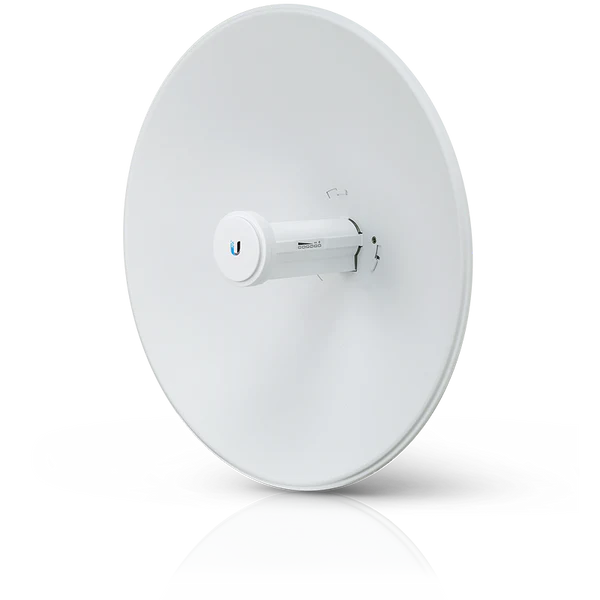
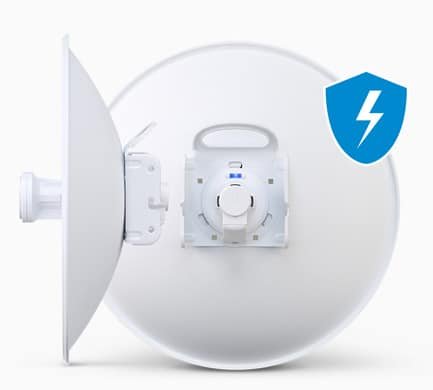
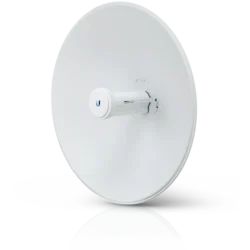






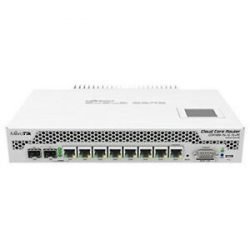





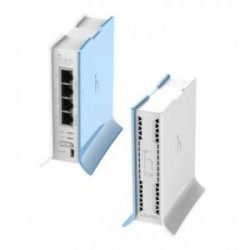
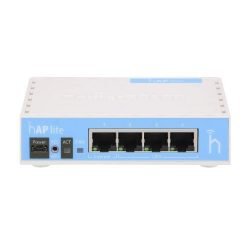
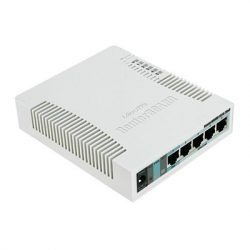
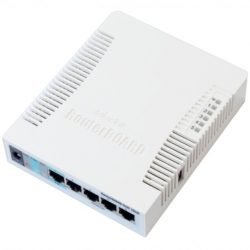
Reviews
There are no reviews yet.